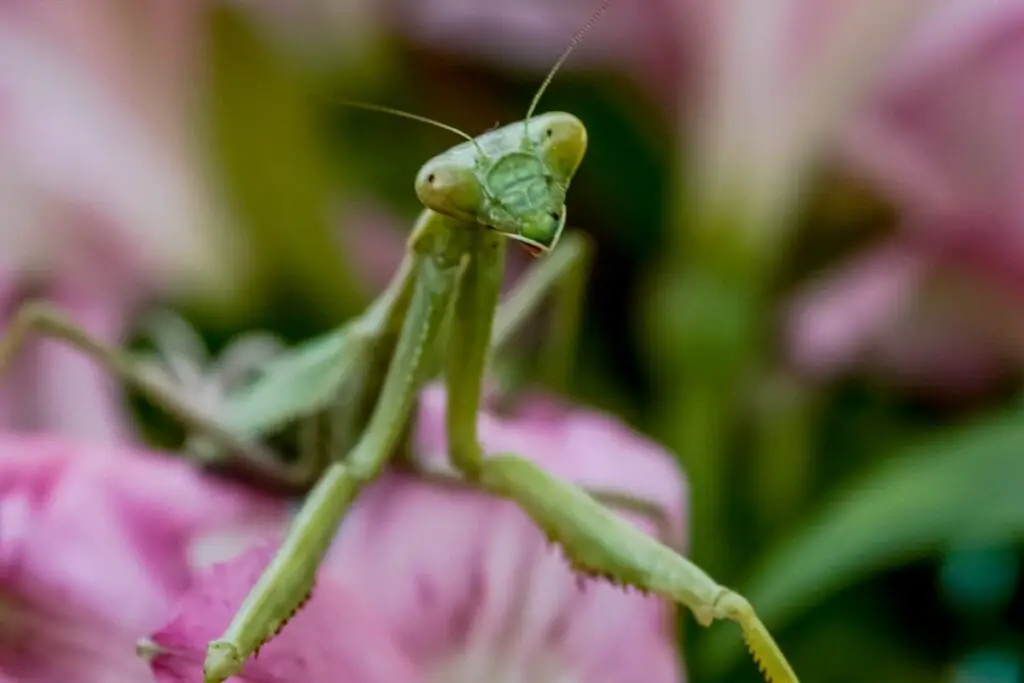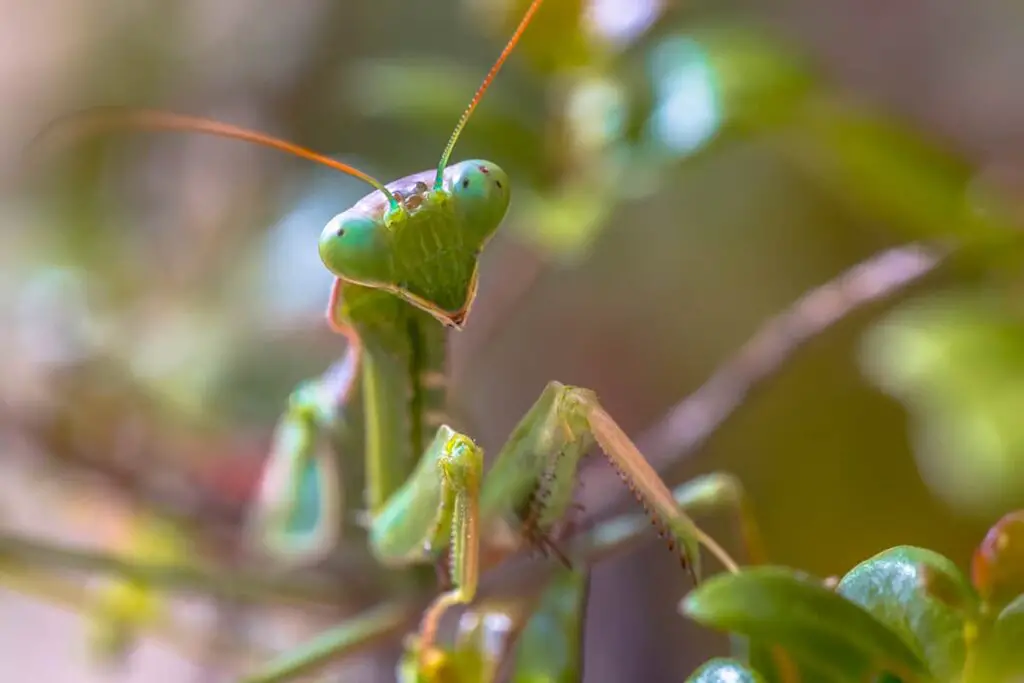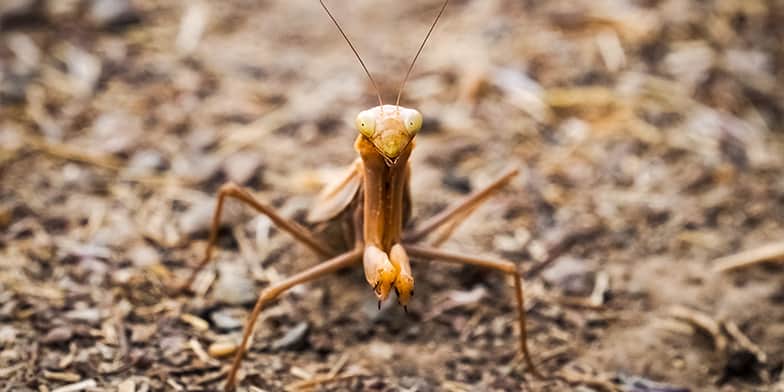
If you are the owner of a pet praying mantis, you might be alarmed to notice it changing color and turning brown. It’s only natural to be curious and question why this change is happening. Is this cause for concern? What if it indicates an illness?
Praying mantis can change their color to better blend-in to their environment. This process is extremely slow and not noticeable unless you observe the praying mantis over a long period of time. A praying mantis may also turn brown more quickly if they are molting, or if they are sick.
There isn’t one particular reason behind why a praying mantis may change color. The transformation is usually dependent on several different variables such as the food it eats, the places it lives, the stage of life it is in, etc. This article will be discussing all the different reasons why a praying mantis may turn brown and if there is anything that can be done to prevent it.
What Color Is A Praying Mantis Supposed To Be?
There are over 2,400 different species of praying mantis in the world. Because of this, there is a wide variation in terms of what color a praying mantis is supposed to be.
Most praying Mantis tend to be green or brown. However, there are some rare species of praying mantis which can take on various other colors as a way of blending into the environment they are in.
Other than a few exceptional species, most praying mantis can be divided into one of two categories; the kind that lives on plants and the ones that prey on the ground. Green praying mantises are usually the ones that live on stems and stalks of different plants. Since their surroundings are all green, the mantis themselves also take on a green color to blend in.

Praying mantises that live on the ground or the branch of trees, tend to be brown. These mantises usually go around hiding among fallen twigs or branches. Having a green body would make them stand out easily in such environments. To avoid this, the praying mantis takes on a brown form so that it can hide within the rubble on the ground.
What Does It Mean When A Praying Mantis Turns Brown?
Usually, a praying mantis turning brown will indicate that it is going through a transitional phase or that it may be trying to blend into a new environment. However, there are also a couple of other explanations behind a praying mantis turning brown. Here are some possible diagnoses for why a praying mantis may turn brown.
Change in Environment
This is the most common reason why a praying mantis may change color. As suggested by the name, praying mantises are insects that survive by praying on other insects or animals. To do this successfully, they must be able to blend into their environments and hide from their prey.
To help in this process, a praying mantis can change colors. However, unlike reptiles such as chameleons, the color change is not instant in a praying mantis. It can take several days or weeks for a mantis to change colors from green to brown and back to green again. The longevity of the transformation is what makes it stand out to people who own praying mantises as a cause for concern.
Change in Diet
Other than the environment, a praying mantis’s body is also subject to change depending on the types of food they eat. When a praying mantis lives among plants and stalks, most of what it consumes is green in color. This is reflected in its body by giving its arms, wings, and overall exterior a vibrant green glow.
Alternatively, praying mantises that live on the ground tend to survive on food that is also brown. A lot of what this praying mantis consumes is dirt and rubble. Any prey that they feed on while on the ground or the branch of a tree, is likely to have a similar diet. This causes the praying mantis to develop a brownish hue on the exterior of its body and wings.
Sickness Or Infection
Another cause for a praying mantis turning brown can be sickness or disease. For this, the color change usually comes in the form of discoloration rather than an entire transformation. Rather than the entire body turning brown, you are likely to observe small brown patches or dots on the back and wings of your mantis. These are usually signs of an infection.
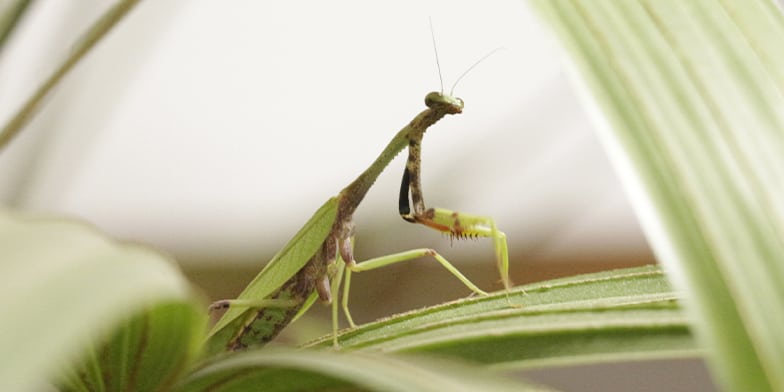
Many times, dark or brown spots on the wings or body of a praying mantis may be dirt or fecal matter. This can easily be wiped away with a little bit of water. However, the browning or weakening of limbs is a sure sign of health complications in a praying mantis. The most common sickness with these types of symptoms is fungal infections. However, there are various other possibilities of what sickness it could be as well.
Molting
The final possible reason for a praying mantis turning brown is molting. Molting is the process by which insects shed their outer skin and form a new shell. Most praying mantises during and initially after the process of molting, have a brown color. Sadly, this final reason can also be interpreted as the praying mantis dying.
A praying mantis doesn’t need to turn brown before it dies, or that it will die after molting. However, most praying mantis only live for about a year and die during their molting process. Molting is typically the final stage of a praying mantis’s life cycle. If a praying mantis has turned brown because of molting, the creature has likely approached the final days of its life.
What To Do If A Praying Mantis Turns Brown?
Most praying mantis that are raised as pets do not experience a change in environment or diet, the same way a wild praying mantis does. Therefore, if a domestic praying mantis has turned brown, it is more likely a result of sickness or molting.
However, if your mantis appears to be fine, with just a color change, you may try placing it in a green environment and changing its diet to see if anything changes.
Praying mantises only live for about a year. So the chances of being able to revive its health are slim to none. Finding professionals who are willing or know how to operate on a praying mantis can also be very difficult. Try to search your area to see if you can find any insect experts or care centers that are willing to help you save your praying mantis.
If you are not able to find anyone with the skills of treating a praying mantis, then sadly there is not much you can do. You can try providing your mantis support by making sure it has a well-tempered tank and access to clean drinking water. In some cases, the mantis may be able to heal itself. However, if your mantis is more than 7 or 8 months old then the chances of survival are slim.
Conclusion
Praying mantises are delicate creatures that can be difficult to care for. And when you see them going through a significant change like a full color change, it is natural to be concerned.
I hope this article was able to answer your questions and figure out why your little friend is changing color. Now that you know the reasons, I’m sure you will be well prepared to take action as required. Thanks for reading.
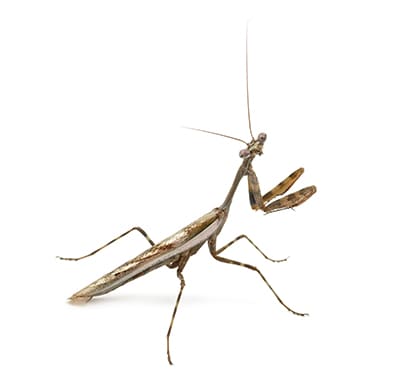
Driven by a passion for those tiny creatures that rule our world, we at Bug Domain strive to be your go-to resource for information on insects.


